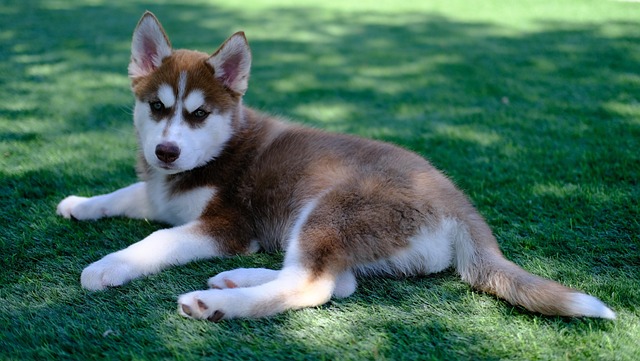
What is the best way to train a Husky puppy?
Ever walked into the living room to find your Husky puppy chewing on your favorite sneakers? That’s their working-dog energy looking for an outlet—and it’s where smart Husky puppy training starts.
That moment on a walk when your dog lunges, barks, or freezes at the sight of another dog or a person is more than just embarrassing—it’s worrying. You might wonder if you need to establish dominance or correct this behavior firmly. In fact, modern animal science tells us the opposite is true. Reactivity is often rooted in fear, frustration, or a lack of confidence, not defiance. Therefore, the only effective training for reactive dogs is a force-free approach centered on positive reinforcement methods and behavioral modification techniques that build trust and change your dog’s emotional response to their triggers.
The gold standard methodology is a combination of desensitization and counterconditioning (DS/CC). This isn't about obedience; it's about neuroscience. You work at a distance where your dog notices their trigger (e.g., another dog across the park) but remains under their anxiety threshold—meaning they can still see the trigger but are not yet reacting. The instant they look at the trigger, you mark it with a quiet “yes!” and feed them a stream of incredibly high-value treats (like diced chicken). You’re not rewarding the reaction; you’re rewarding the noticing. Over time, their brain rewires to associate the once-scary trigger with something wonderful: you and chicken. This process requires immense patience and a keen eye for reading your dog’s subtle body language to avoid pushing them too far too fast.
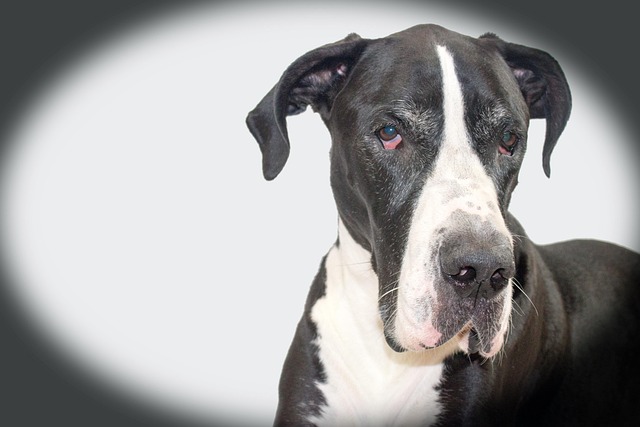
This compassionate approach is a cultural imperative in modern dog training. Methods that use punishment, prong collars, or intimidation to suppress the reaction are widely considered unethical. They risk worsening the underlying anxiety, potentially leading to a dog that “escalates to shutdown” or redirects its fear onto the handler or a nearby person. Your role is that of a supportive guardian, not a disciplinarian. You are building your dog’s confidence by proving you will manage their environment and keep them safe, which in turn strengthens your bond.
This commitment to responsible management extends to your community obligations. A reactive dog must be managed proactively on walks. This means being hyper-vigilant, using tools like a front-clip harness for better control, and always maintaining a safe distance from others. It is your absolute responsibility to always have poop bags on hand and to adhere strictly to local leash laws; allowing your reactive dog to approach others, even on a long line, is a major liability. Furthermore, ensuring your dog’s rabies vaccination and city license are current is non-negotiable. This not only fulfills the law but also provides crucial protection for everyone in the unlikely event of an incident.
Working with a reactive dog is a journey that often benefits greatly from the guidance of a certified force-free trainer or a veterinary behaviorist. They can provide tailored plans and support. Remember, the goal isn’t to have a robot-dog that ignores everything; it’s to help your dog feel safer and more secure in the world, reducing their over-the-top reactions and making walks a peaceful experience for you both.

Ever walked into the living room to find your Husky puppy chewing on your favorite sneakers? That’s their working-dog energy looking for an outlet—and it’s where smart Husky puppy training starts.
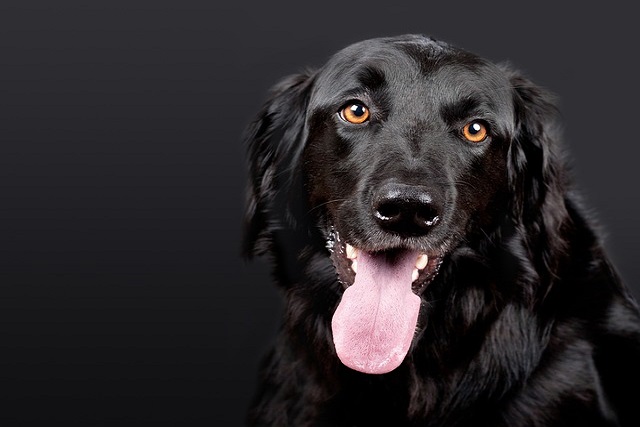
If you’re a new dog parent in the US—maybe you’re stuck in your Chicago apartment on a rainy Saturday, watching your 9-month-old rescue Beagle
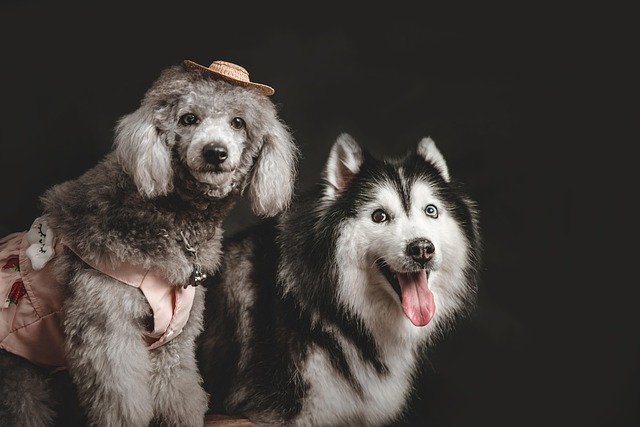
Most new puppy parents stress over accidents on the rug, but a 7-day plan can turn chaos into consistency—if you stick to routines that fit your daily life.
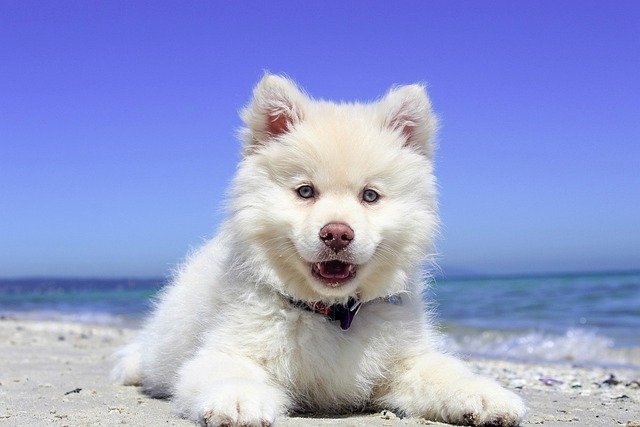
You’ve probably noticed how your dog’s nose takes over during walks—sniffing fire hydrants, grass patches, and that intriguing lamppost like it’s reading the morning newspaper.
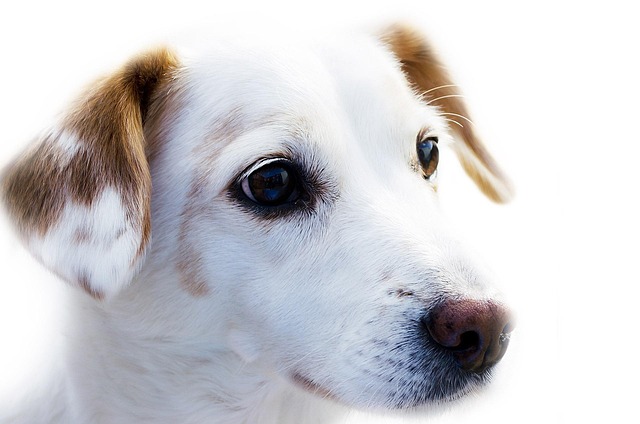
That tightening in your chest as you round a corner and see another dog approaching is a feeling many owners know.
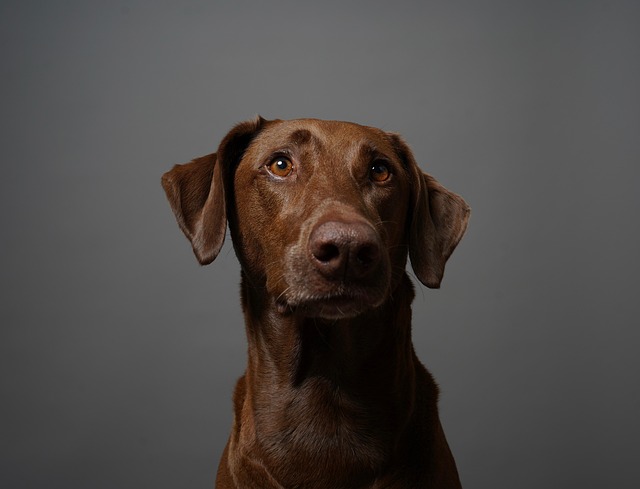
New puppy owners often stare at a puddle on the living room rug and wonder where to start—this mess isn’t just frustrating, it’s a teachable moment, not a punishment.